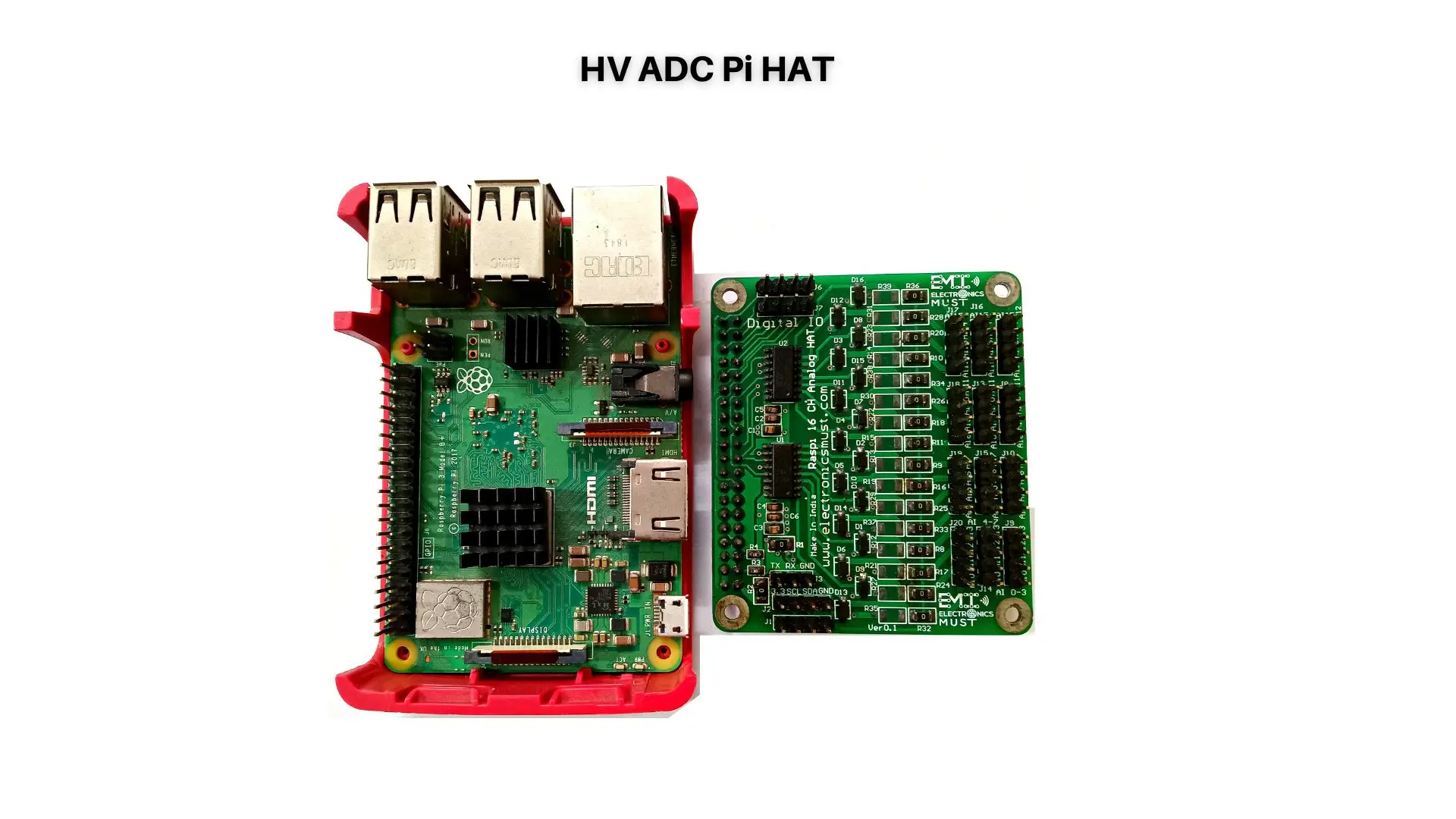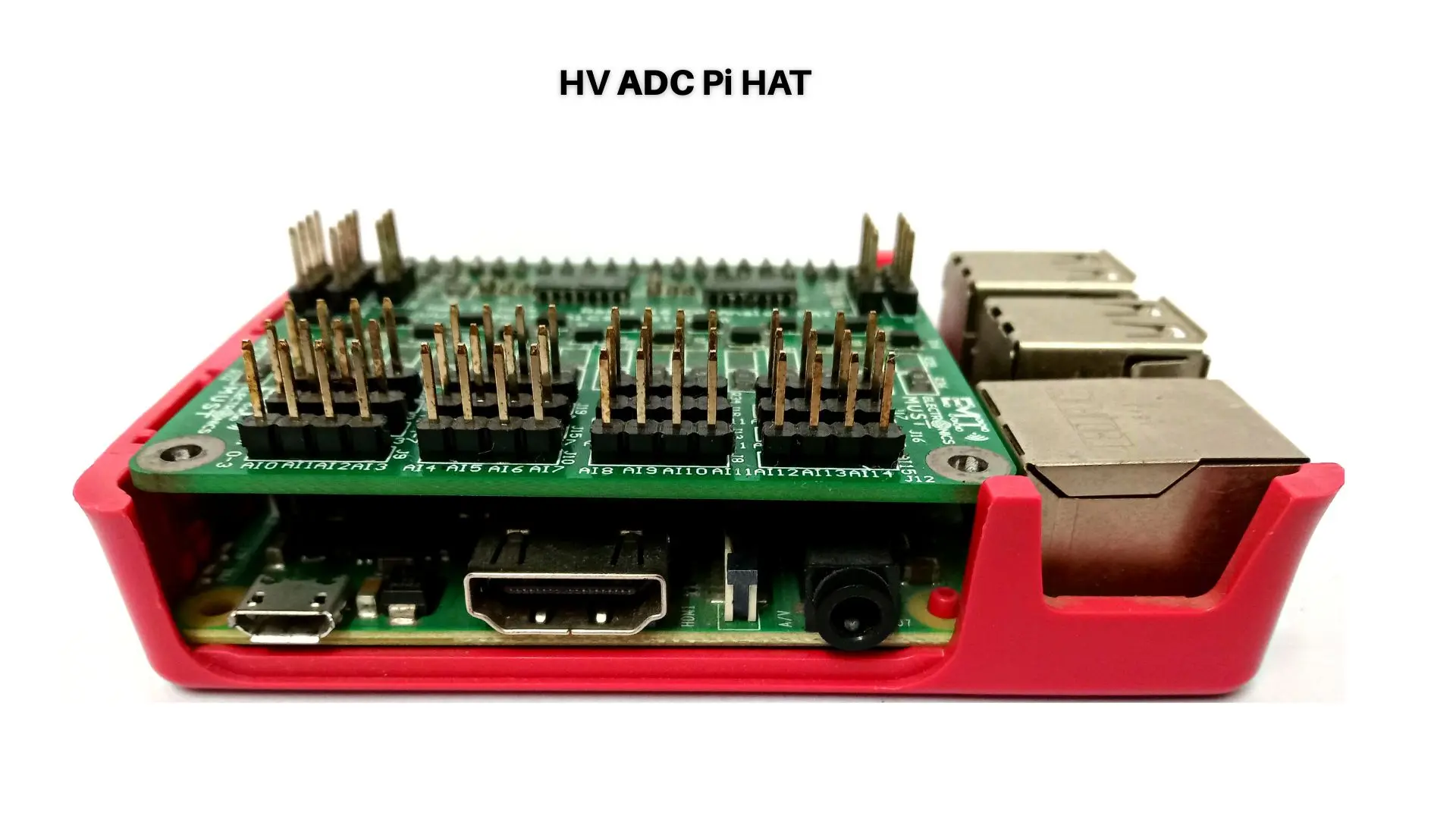Printed Circuit Board (PCB) material selection is a critical aspect of designing and manufacturing high-frequency applications. The PCB material has a significant impact on the performance of high-frequency circuits, which operate at frequencies above 1 GHz. In this blog post, we will discuss the importance of PCB material selection for high-frequency applications and provide guidance on selecting the appropriate PCB material.
The Importance of PCB Material Selection for High-Frequency Applications:
The selection of PCB material is essential for high-frequency applications, as it affects the electrical properties of the circuit. The most important properties of PCB materials for high-frequency applications are dielectric constant, loss tangent, and thermal properties. The dielectric constant of the PCB material determines the capacitance between the conductors on the board, which affects the PCB Design and layout and also affects characteristic impedance of the transmission line. The loss tangent of the PCB material determines the amount of energy lost in the dielectric material, which affects the signal integrity and the quality of the signal.
High-frequency circuits generate heat, which can affect the performance of the circuit. The thermal properties of the PCB material, such as thermal conductivity and coefficient of thermal expansion, affect the ability of the board to dissipate heat. The coefficient of thermal expansion of the PCB material affects the reliability of the circuit, as it can cause mechanical stress and damage to the circuit. .
PCB Material Types for High-Frequency Applications
There are several types of PCB materials that are suitable for high-frequency applications. These materials have different dielectric constants, loss tangents, and thermal properties. Some of the most common PCB material types for high-frequency applications are:
1.Rogers Corporation’s RO4000 series
Rogers Corporation’s RO4000 series is a high-performance PCB material that has a low dielectric constant, low loss tangent, and excellent thermal properties. This material is ideal for high-frequency applications, as it has a dielectric constant of 3.38, loss tangent of 0.0027, and a thermal conductivity of 0.57 W/mK.
2.Isola FR408
Isola FR408 is a high-performance PCB material that has a low dielectric constant, low loss tangent, and excellent thermal properties. This material is ideal for high-frequency applications, as it has a dielectric constant of 3.66, loss tangent of 0.0027, and a thermal conductivity of 0.35 W/mK.
3.Arlon 25N
Arlon 25N is a high-performance PCB material that has a low dielectric constant, low loss tangent, and excellent thermal properties. This material is ideal for high-frequency applications, as it has a dielectric constant of 2.55, loss tangent of 0.0017, and a thermal conductivity of 0.72 W/mK.
PCB Material Selection Guidelines
When selecting a PCB material for high-frequency applications, there are several factors that should be considered. These factors include:
1. Frequency range
The frequency range of the circuit should be considered when selecting a PCB material. PCB materials with low dielectric constants and loss tangents are suitable for high-frequency circuits.
2.Signal integrity
The signal integrity of the circuit should be considered when selecting a PCB material. PCB materials with low loss tangents are suitable for high-speed digital circuits.
3.Thermal management
The thermal management of the circuit should be considered when selecting a PCB material. PCB materials with high thermal conductivity are suitable for high-power circuits.
4.Cost
The cost of the PCB material should be considered when selecting a PCB material. High-performance PCB materials are more expensive than standard PCB materials.
Conclusion
PCB material selection is a critical factor in the design of high-frequency applications. The wrong material selection can lead to signal loss, increased noise, and reduced performance. Choosing the right PCB material involves considering factors such as frequency range, dielectric constant, thermal conductivity, and cost. By following these tips, you can select the right PCB material for your high-frequency application and ensure optimal performance.






